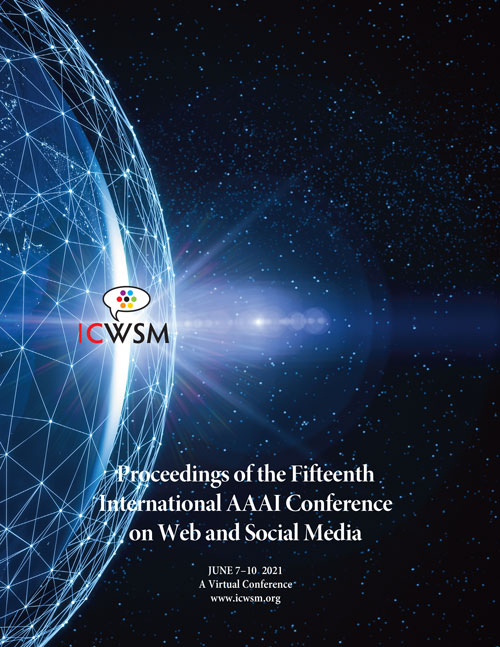Variation in Situational Awareness Information due to Selection of Data Source, Summarization Method, and Method Implementation
DOI:
https://doi.org/10.1609/icwsm.v15i1.18087Keywords:
Qualitative and quantitative studies of social media, Analysis of the relationship between social media and mainstream media, Credibility of online contentAbstract
The increasing amount of information available about crisis events calls for tools that help people to efficiently and reliably sift through and summarize this information. When using such tools, practitioners have to make choices that can affect not only the relevant information retrieved, but also their understanding or situational awareness of a crisis. We present a study that assesses the impact of some of these choices on the resulting situational awareness information. We focus on commonly used sources (news, tweets, and blogs), text mining methods (topic modeling and text summarization), and a disaster-related text mining task (needs detection). Our main application context is the 2010 Haiti earthquake, supplemented by data about 11 other events. Our results show that situational awareness information retrieved about the same crisis event can be different or even conflicting based on these choices. We also found that analyzing news data can be helpful in aiding response efforts as they contain unique situational awareness information not found in other considered sources, including first-responder accounts.Downloads
Published
2021-05-22
How to Cite
Sarol, M. J., Dinh, L., & Diesner, J. (2021). Variation in Situational Awareness Information due to Selection of Data Source, Summarization Method, and Method Implementation. Proceedings of the International AAAI Conference on Web and Social Media, 15(1), 597-608. https://doi.org/10.1609/icwsm.v15i1.18087
Issue
Section
Full Papers

